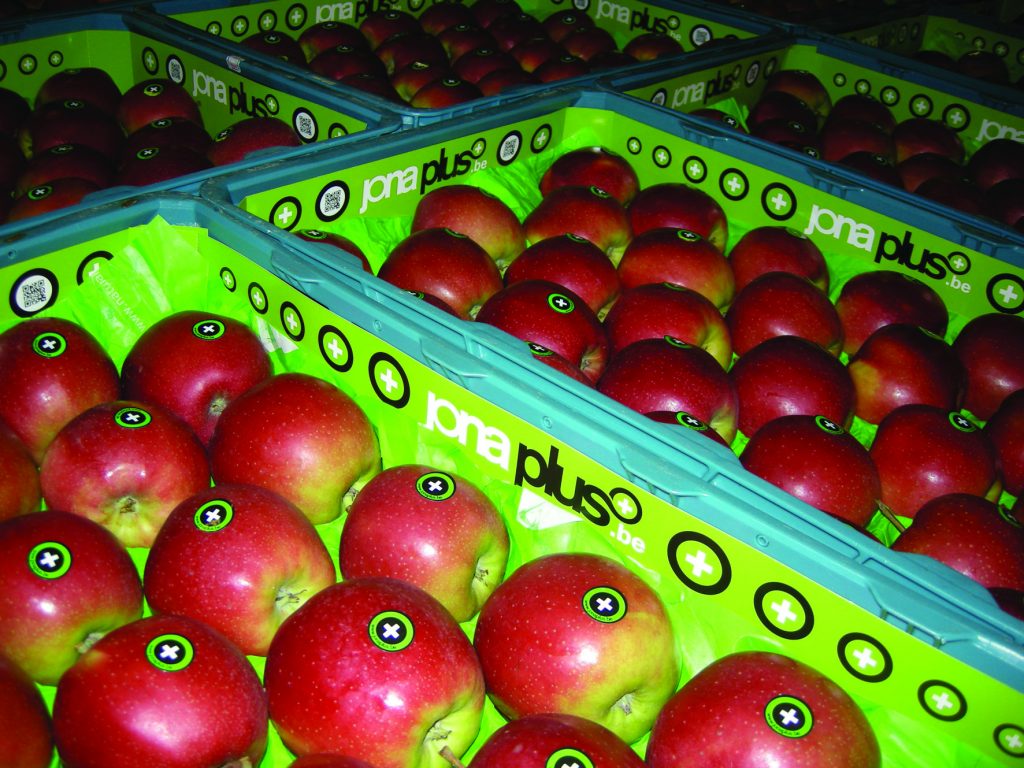BFV’s Jonagold marketing project
When the collaboration between the 3 Belgian auction houses on a new project to make Jonagold – the country’s main variety – no.1 in that market fell through, Belgische Fruitveiling (BFV) went ahead on its own. The auction house chose a limited selection of Jonagold mutations and divided them into 2 groups: a red group collectively known as Jonaplus and a classic two-tone TRUVAL group. The basic principle was to offer clients a product with uniform quality, colour and flavour, so BFV decided on a targeted, client-oriented approach to the market. Not only the product (the different mutations) but also a uniform quality level would be matched to the market segment being supplied. Any fruit that did not meet the quality requirements would be rejected out of hand. The segmentation has a double purpose: to adopt a client-oriented approach and to achieve better prices for the growers. It will be accompanied by cost-cutting and by optimizing the sorting and loading operations, which will be systematically geared to improving the match between supply and demand depending on the level of stocks. The choice of mutations is based on a realistic definition of BFV’s surface area and on their bright prospects, as the future depends on them. The new red mutations – Marnica, Vivista and Boerekamp – make up the ‘Jonaplus’ brand. The red and green two-colour mutations – King, Novajo and Jonagold 2000 – make up the TRUVALClassic group. The BFV auction house is convinced that considering all Jonagold’s positive features, this approach can improve its marketing. Each of the two groups has its own specific, recognizable parameters, which are not confined to the choice of mutations but also include specifications about how each module is grown, stored, sorted and packed. BFV has also designed new packaging that makes the two modules easy to identify. In addition, each pack bears a QR (Quick Response) code that links smartphones directly to the website created specifically for that module. The websites provide information on the product and the brand philosophy.


